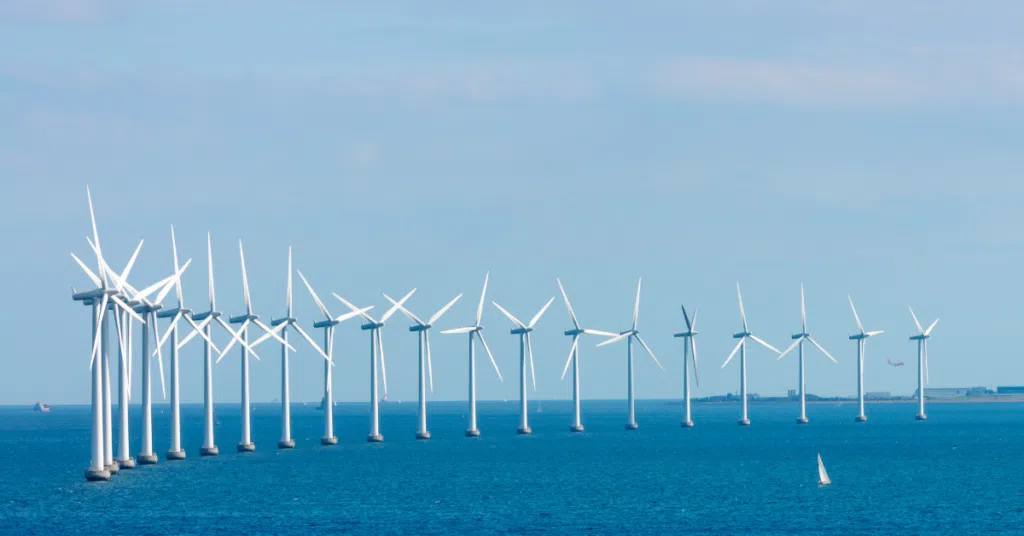Robotic Technology is Reducing the Price of Offshore Wind Power
22 January, 2023

Off the coast of Portugal, a team of underwater robots is scanning the base of turbines on a wind farm and looking for signs of damage. The activity is part of a project to reduce inspection costs, keep wind turbines running for longer and ultimately reduce the price of electricity.
Wind power accounted for more than a third of the electricity generated from renewable sources in the EU in 2020 and offshore wind energy is expected to make a growing contribution over the coming years. In 1991, Denmark became home to the world’s first offshore wind farm, and Europe is now a global leader in this field.
Despite the potential benefits of offshore wind farms, including cost savings and less encroachment on land, they are expensive to operate and maintain.
Cost Analysis
“Up to 30% of all operation costs are related to inspection and maintenance,” said João Marques of the INESC TEC research association in Portugal.
The EU-funded ATLANTIS project is exploring how robots can be used to maintain offshore wind turbines. The ultimate goal is to reduce the cost of wind energy by decreasing the number of times technicians have to visit turbines and perform maintenance. Researchers are testing underwater robots, surface-traveling vehicles, and drones to inspect wind turbines. The technology combines multiple types of imaging and sonar to identify cracks in turbine blades and increase the time that maintenance vessels can work on wind farms by 35%.
Safety Concerns
Only when waves are less than 1.5 meters high is it safe to transfer people from boats to turbine platforms. Robotic inspection and maintenance systems, however, can be deployed from boats in seas with waves of up to 2 meters. Furthermore, easier and safer maintenance will increase the amount of time that wind farms are able to generate power. In winter, it is often impossible to carry out offshore inspection and maintenance, which must wait for better weather in spring or summer.
A First in Europe
The ATLANTIS project is a test site for autonomous maritime robots, designed to operate in extreme environmental conditions. Its main goal is to develop a European competence center for this type of technology, enabling researchers and companies active in offshore renewable energy to use the facilities.
“We need somewhere to actually test these things – somewhere where people can actually develop their own robotics,” Marques, who is a senior researcher on the ATLANTIS project.
Reducing Damage and the Need for Repairs
Wind turbines are subject to physical damage caused by the uneven distribution of load in the turbine blade and tower. This is known as shadowing, and it’s a major contributor to the total cost of owning and operating a wind farm. To reduce damage and the need for repairs, many farms are implementing wind farm control (WFC), an advanced technology that uses sensors to monitor turbulence behind each turbine.
In order to address the problem of shadowing and subsequent imbalance, WFC aims to adapt the distribution of wind energy throughout a farm by balancing out the locations of turbines. It uses real-time measurements from nearby weather stations and combines them with historical data to predict how much power each turbine will generate in a day or hour.
Grid Friendly
The WFC system helps create more power for the electricity grid when demand is high, reduces wear and tear on wind turbines, and makes it easier to supply extra energy without compromising reliability or safety.
Useful Links:
Source: www.environmentalleader.com
